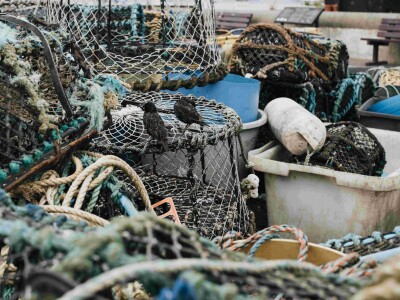NMFS scientists at the Alaska Fisheries Science Center have developed a deeper understanding of cod development after successfully growing Artic cod in the laboratory.
Until now, this type of research was restricted to the short, ice-free summer period in the Arctic. But, scientists say their success means another step forward in understanding how these ‘bellwether’ fish in the Arctic marine ecosystems may cope with a warming ocean and climate change.
Arctic cod provide an important food source for seabirds, ringed seals, narwhals, belugas and other fish. Compared to other cod species, they are said to be the richest in fat content, but the new NOAA research suggests that Arctic cod may be the most vulnerable to warming ocean waters.
“We’re seeing limited temperature ranges for Arctic cod to successfully grow and survive,” said Benjamin Laurel, research fisheries biologist, Alaska Fisheries Science Centre. “Arctic cod have relatively high growth at 0°C, but are rapidly outpaced by other Bering Sea species including walleye pollock and Pacific cod above 2.5°C.”
Read the full story at the World Fishing & Aquaculture >>
Read more about Arctic cod >>






